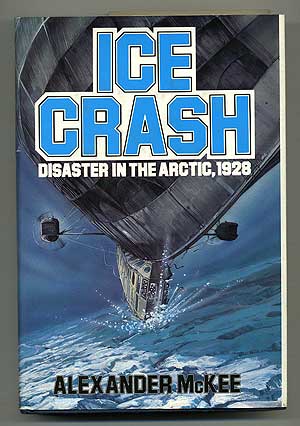My first encounter with Russia was in the second grade. It must have been early in 1992 because, in an attempt to show us where the country was located, our teacher pulled down a map that still showed the USSR and said “Oh, actually, that doesn’t exist any more. It’s just Russia now. Here’s Russia.” My seven year old brain struggled with this. What did she mean? How could somewhere cease to exist? It was the first time it had been suggested to me that countries weren’t static, weren’t inherently themselves. In retrospect, I suppose it was my first encounter with politics.
Something I find repeatedly thought-provoking while working through the Hanson History collection is a fairly unassuming bit of information that appears each in item – its place of publication. Sometimes it’s the places themselves that are of interest. The collection is focused on the history of Siberia (roughly, Russia’s vast Eastern expanse between the Ural Mountains and Japan), and publications from far-flung cities like Magadan or Petropavlovsk-Kamchatskii have prompted more than a few furtive Google photo tours as I work through the material. But what I find most interesting about the cities from which these books originate is not their variety or novelty, but the history that can often be read in the name of a single place.
Here’s a little demonstration. Take a look at the following places of publication:




You don’t need to speak Russian to see that there are some different names here. But each indicate the same place: St. Petersburg.
From the city’s founding in 1703 until 1914, the city was, as it is today, Sankt-Peterburg (Saint Petersburg). It was so named by its founder Peter the Great, who eschewed a Russian name in favour of a Germanic one, to match his aspiration of building a grand European capital. At the outset of the First World War, the German sounding “Petersburg” was no longer politic; the “Saint” prefix was removed, Peter became Petro, and the suffix burg was replaced with its Slavic counterpart grad (both “city”, loosely). Petrograd survived the 1917 Bolshevik Revolution and described the city from 1914 to 1924, when Vladimir Lenin died and the city adopted the moniker it would claim for most of the 20th century – Leningrad. In the final year of the Soviet Union, another name change was put to a referendum, and the city officially reinstated Sankt Peterburg (Saint Petersburg) a few months before the USSR dissolved in December of 1991. Looking back at the photos above, you’ll find this progression.
Name changes that reflect upheavals in Russia’s past can be found throughout the Hanson collection. This flyleaf from the book The Russian Geographical Society: 150 years (1995) puts them front and center:

- 1845-1850, Russian Geographical Society
- 1850-1917, Imperial Russian Geographical Society
- 1917-1938, State Geographical Society
- 1938-1945, All-Union Geographical Society
- 1946-1992, Geographical Society of the Union of Soviet Socialist Republics
- 1993-…, Russian Geographical Society
These dates coincide with some significant events in Russian and Soviet history – the 1917 Revolution, the end of the Second World War, the formation of today’s Russian Federation. Like St. Petersburg, the Geographical Society also eventually opted for the earliest iteration of its name.
As I mentioned in my last post on the Hanson GIK, I find this collection exciting not just for its subject matter, but for the history evident in all its aspects. A hefty sample of material culture spanning more than a century, the books themselves speak to a volume of experience in that corner of the world, both in living memory and just out of reach. While it’s not a particularly novel realization that name changes reflect – and at times perhaps even influence – history, somewhere deep down my seven year old self is still pretty fascinated by it all.
For a quick further read, I encourage checking out this New York Times article from June 13th, 1991, covering the referendum on the re-naming of Leningrad.




















